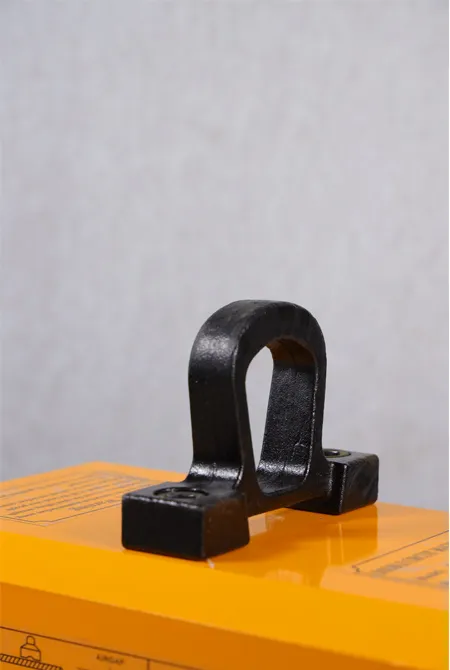Transporting Heavy Equipment Safely and Efficiently in Challenging Environments
Moving Large Machinery Challenges and Solutions
Moving large machinery is a complex and demanding process that plays a crucial role in various industries, including construction, manufacturing, and mining. The transportation of such heavy equipment requires meticulous planning, specialized knowledge, and an understanding of both the machinery and the logistics involved in the move. In this article, we will explore the challenges of moving large machinery and the solutions available to overcome these obstacles.
Understanding the Challenges
One of the primary challenges in moving large machinery is the sheer size and weight of the equipment
. Heavy machinery, such as excavators, bulldozers, and industrial cranes, can weigh tons and often come with unique dimensions that make standard transportation methods impractical. This necessitates the use of specialized transport vehicles, such as lowboy trailers or over-dimensional trucks, which are designed to handle such loads safely.Another significant challenge is navigating various transportation regulations. Different jurisdictions have specific guidelines regarding the movement of oversized loads, including restrictions on travel times, required permits, and specified routes. Failure to comply with these regulations can result in hefty fines and delays. Therefore, thorough research and coordination with local authorities are essential to ensure a smooth transportation process.
Additionally, logistical obstacles arise when transporting large machinery. Factors such as loading and unloading are critical, as improper handling can lead to damage not only to the machinery but also to transport vehicles and surrounding infrastructure. Moreover, coordinating schedules between multiple parties involved in the move—such as crane operators, truck drivers, and facility managers—requires precise communication to prevent any mishaps.
Solutions and Best Practices
To effectively overcome these challenges, a well-organized approach is needed. Here are some best practices for moving large machinery
moving large machinery

1. Detailed Planning and Pre-Move Assessment Before attempting to move any large machinery, conducting a thorough assessment of the equipment and the route is essential. This includes measuring the dimensions of the machinery, understanding the terrain, and identifying potential obstacles such as bridges, low-hanging power lines, and narrow roads. A comprehensive risk assessment can help in formulating a detailed plan that addresses all potential challenges.
2. Engaging Experienced Professionals Involving professionals who specialize in logistics and heavy machinery transport is critical. These experts can help obtain the necessary permits, ensure compliance with regulations, and provide insight into the best transportation methods and routes. Their experience can prevent costly mistakes and delays.
3. Utilizing the Right Equipment The selection of appropriate transport vehicles and equipment is paramount. Depending on the machinery, you may require a lowboy trailer for lower clearance or specialized cranes for loading and unloading. Having the right equipment not only ensures safety but also streamlines the moving process.
4. Effective Communication Throughout the moving process, maintaining clear communication among all parties involved is essential. This includes regular updates on the progress of the move, any changes in schedules, and immediate reporting of any issues that arise. Utilizing technology, such as GPS tracking and mobile communication tools, can enhance coordination.
5. Post-Move Evaluation Once the machinery has been successfully relocated, it is crucial to conduct a post-move evaluation. This includes inspecting the equipment for any damage, reviewing the transportation process for potential improvements, and gathering feedback from the involved teams. Learning from each move can improve future operations and enhance overall efficiency.
Conclusion
Moving large machinery is fraught with challenges, but with proper planning, expert involvement, and effective communication, these hurdles can be overcome. Industries that rely on heavy equipment must prioritize a systematic approach to ensure safety and efficiency in their operations. By adopting best practices and leveraging professional expertise, businesses can facilitate the successful transportation of large machinery, ultimately contributing to their productivity and success.
-
Unlock Seamless Relocation with Our Heavy Equipment Moving ExpertiseNewsJun.06,2025
-
Unleash Unrivaled Flexibility with Our Adjustable Gantry CraneNewsJun.06,2025
-
Unleash Heavy-Duty Efficiency with Our Industrial Gantry Crane SolutionsNewsJun.06,2025
-
Revolutionize Steel Handling with Our Magnetic Lifter RangeNewsJun.06,2025
-
Master Equipment Mobility with Premium Machinery Mover SolutionsNewsJun.06,2025
-
Elevate Your Material Handling with Magnetic Lifter TechnologyNewsJun.06,2025
-
YS Permanent Lifting Magnets: The Smarter Way to Handle SteelNewsMay.22,2025
